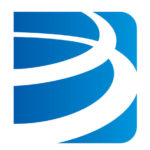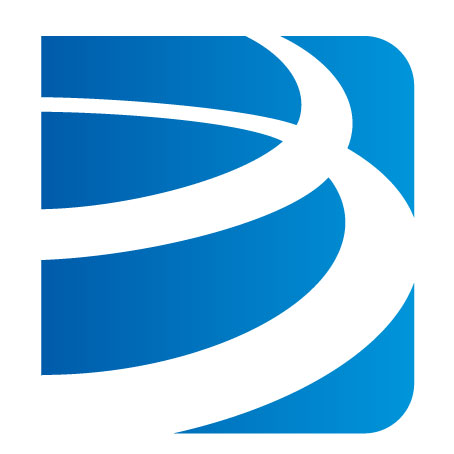Category: Brooks Automation
Brooks Automation: Poised for Recovery?
 Is Brooks Automation poised to Participate in Industry Upswing?
Is Brooks Automation poised to Participate in Industry Upswing?
With trailing 12 month sales of $546 million, and a market cap of $680 million, Brooks Automation (NASDAQ: BRKS), based in Chelmsford Massachusetts, is a leading provider of automation equipment and services to the semiconductor, LED, and consumer electronics industries, which collectively account for 80 percent of sales. Life sciences accounts for the remainder, and is comprised of biological sample storage systems, consumables, and services, which leverage Brooks’ core competence in cryogenic and automated manufacturing equipment.
The cyclical semiconductor business remains Brooks’ largest and most profitable segment, where it serves over 200 OEM customers, including Applied Materials (NASDAQ: AMAT), Tokyo Electron (OTC: TOELY), Lam Research (NASDAQ: LRCX), and KLA-Tencor (NASDAQ: KLAC), who are in the midst of merger discussions. Brooks also conducts business directly with many of the leading semiconductor device makers, including Samsung, Toshiba, Intel (NASDAQ: INTC), Taiwan Semiconductor Manufacturing Company (NYSE: TSMC), and Micron (NASDAQ: MU). Over the last several months, Brooks has begun to see growing demand for its vacuum robots, and contamination and control solutions, which comprise about 40 percent of semi cap equipment sales.
Four years ago Brooks embarked on a strategy to divest non-core businesses, expand in the semiconductor equipment business, and diversify into life sciences, primarily through acquisition. Brooks Life Sciences parlays the company’s core competencies in cryogenics and automation into the cold storage, retrieval, and tagging of biological samples. Brooks has acquired five companies in the last four years, and the division now claims over 100 customers, including the top 20 drug and biotech companies.
The all-cash $128 million acquisition of privately-held, BioStorage Technologies, an Indiana-based provider of sample management services, was completed late last year. The business is on track to generate over $40 million revenue, and in doing so, has enabled the life sciences segment to achieve a $100 million annualized run rate, with services and consumables accounting for about 60 percent of the total. Though not yet profitable, Brooks Automation narrowed the operating loss in the segment to $2 million in the March 31 quarter, and with a recent restructuring, targets profitability by the end of the September quarter.
Three key swing factors will determine Brooks Automation’s fate over the coming year, specifically whether it:
- participates in the steady recovery of spending in the semiconductor industry, fueled by a resurgence in demand for front-end systems as OEMs and semiconductor customers shift their emphasis to 10 nanometer process technologies.
- achieves profitability in the Life Science segment through greater efficiency, execution, and a more predictable mix of consumables and services for cold storage samples.
- achieves operating margin expansion more broadly, as it concludes a number of cost reduction initiatives, and begins, at long last, to focus on organic, rather than acquisition-driven growth.
As Brooks confronts the above-mentioned challenges, the company provides investors with a degree of downside protection, given its historically strong free cash flow generation, a good balance sheet, with $68 million in cash, or $1.00 per share, no debt, a tangible book value of $3.61 per share, and a compelling valuation vis-à-vis its SMID cap peers in the semiconductor capital equipment business. The company also investors with a dividend, whose current yield is four percent.

